Europe’s hidden lakes offer sanctuaries of tranquility far from the well-worn tourist paths. These pristine retreats provide authentic experiences where nature’s raw beauty remains unmarred by commercial development.
Each destination promises a unique blend of natural wonder and local charm, from crystalline Alpine waters to secluded Nordic fjords.
Lake Bohinj, Slovenia
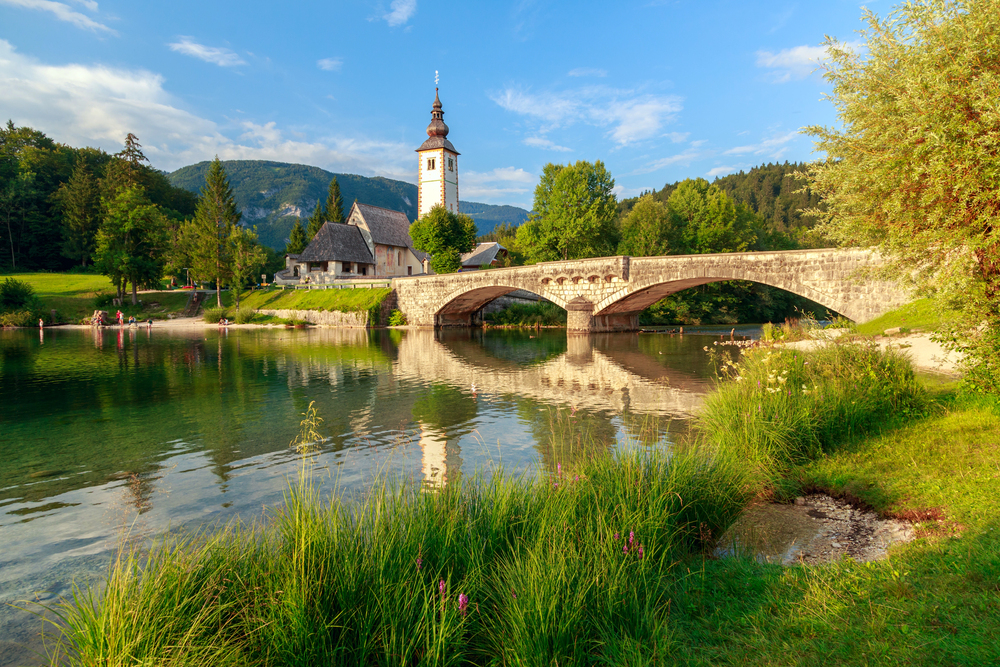
Nestled in the heart of Triglav National Park, Lake Bohinj captivates visitors with its crystal-clear waters, reflecting the Julian Alps. Traditional wooden boats dot the shoreline, where local fishermen still practice centuries-old techniques.
The surrounding meadows burst with Alpine wildflowers during the summer, while ancient churches guard the lakeside villages. The lake’s pristine waters remain strictly protected, ensuring future generations can enjoy its untouched beauty.
Lac de Gaube, French Pyrenees
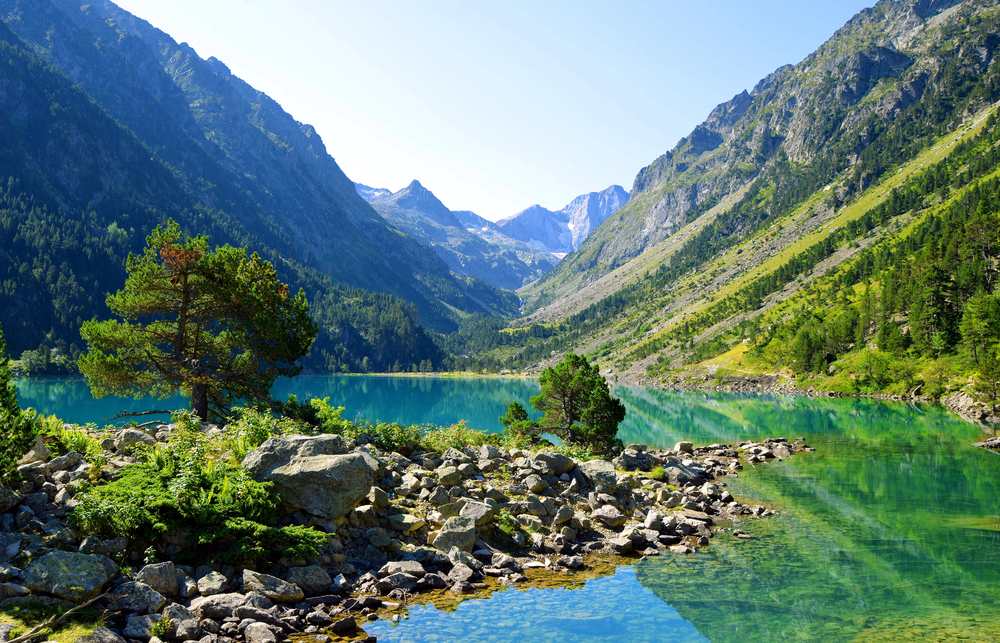
This high-altitude gem sits 5,900 feet above sea level, surrounded by towering peaks and hardy mountain pines. The lake’s turquoise waters change color throughout the day as sunlight plays across its surface.
Mountain goats and marmots frequent the surrounding slopes, offering wildlife viewing opportunities. The historic mountain refuge provides simple accommodations with stunning panoramic views.
Like Travel Pug’s content? Follow us on MSN.
Lago di Braies, South Tyrol, Italy
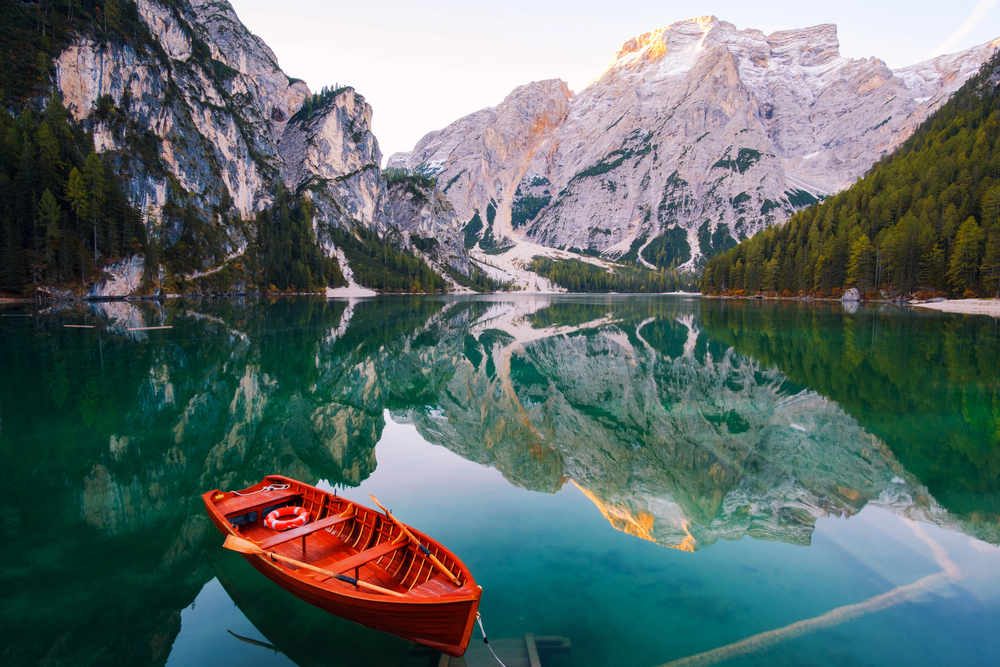
This beloved Alpine lake, known as the ‘Pearl of the Dolomites,’ has become increasingly popular while maintaining its stunning natural beauty. The remarkable emerald waters bordered by dramatic limestone cliffs draw photographers and nature enthusiasts throughout the year.
Early morning or off-season visits offer the best opportunity to experience the lake’s tranquil atmosphere and rent one of the iconic wooden rowboats. The surrounding hiking trails provide escape routes to less visited national park areas. Local mountain huts continue to serve authentic Tyrolean cuisine using traditional recipes, especially during quieter seasons.
Lake Saimaa, Finland
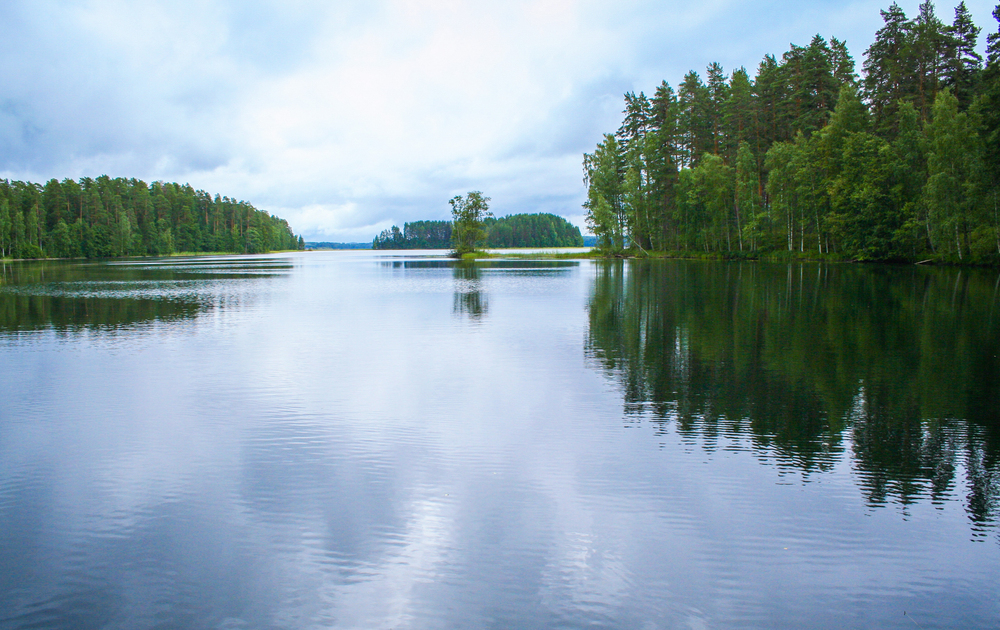
Finland’s largest lake system harbors a maze of islands, channels, and hidden coves perfect for kayaking. Traditional smoke saunas dot the shoreline, offering authentic Finnish relaxation experiences.
The endangered Saimaa ringed seal lives in these waters, making wildlife spotting particularly special. The surrounding birch forests provide perfect hiking opportunities in summer and cross-country skiing in winter.
Lake Annecy, French Alps
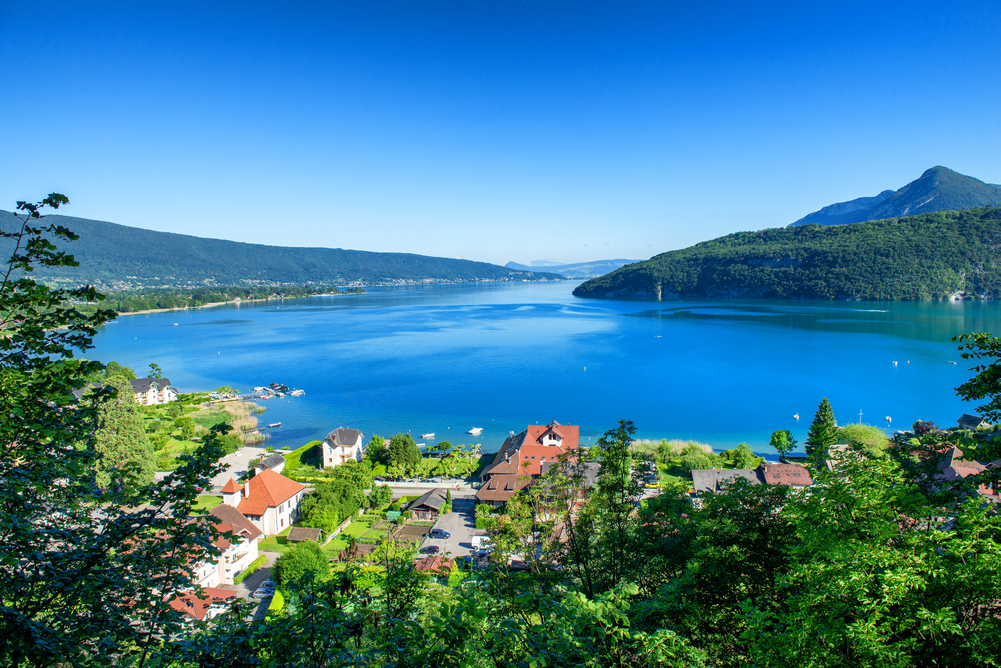
Nestled beneath snow-capped peaks, Lake Annecy’s pristine waters are among the cleanest in Europe due to strict environmental regulations. Medieval villages line the eastern shore, where local artisans continue centuries-old crafting traditions.
The lake’s crystal-clear depths provide perfect conditions for wild swimming and diving adventures. Cycling enthusiasts can enjoy the 26-mile lakeside path that reveals hidden beaches and secluded picnic spots. Historic châteaux overlook the water, telling tales of the region’s noble past.
Like Travel Pug’s content? Follow us on MSN.
Lago di Ledro, Trentino, Italy
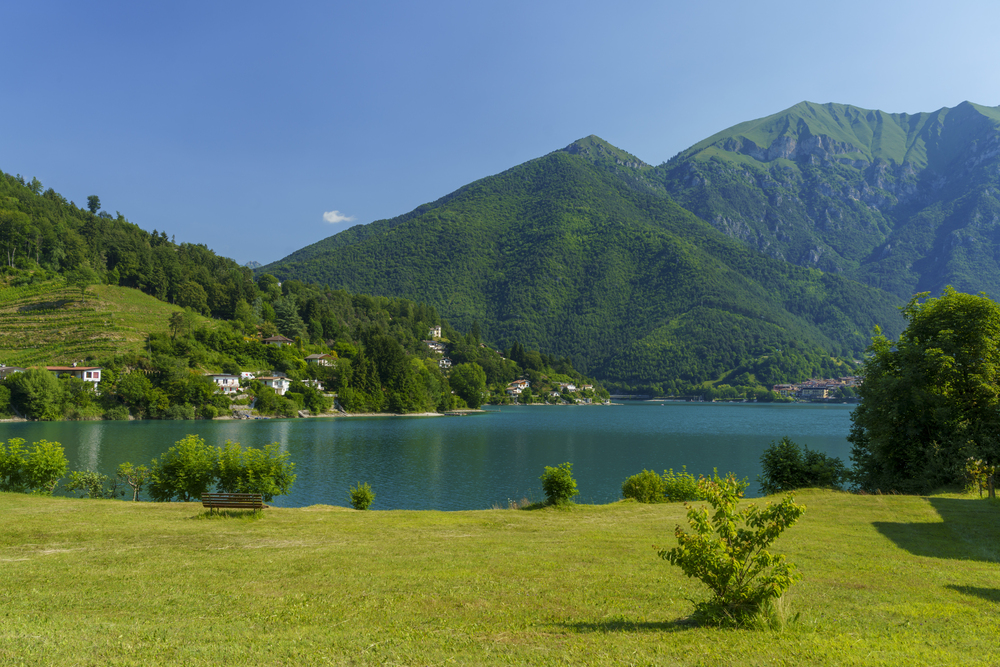
This lesser-known sister to Lake Garda holds prehistoric secrets beneath its tranquil surface, including ancient stilt house remains. The lake’s elevation of 2,200 feet ensures cool mountain breezes even during summer months.
Local farmers still practice traditional alpine agriculture on the surrounding slopes, producing distinctive mountain cheeses. The lake’s waters are surprisingly warm, making it perfect for swimming from late spring through early fall. The lakeside museum displays the Bronze Age artifacts discovered here, offering insights into the area’s ancient inhabitants.
Lake Bled, Slovenia
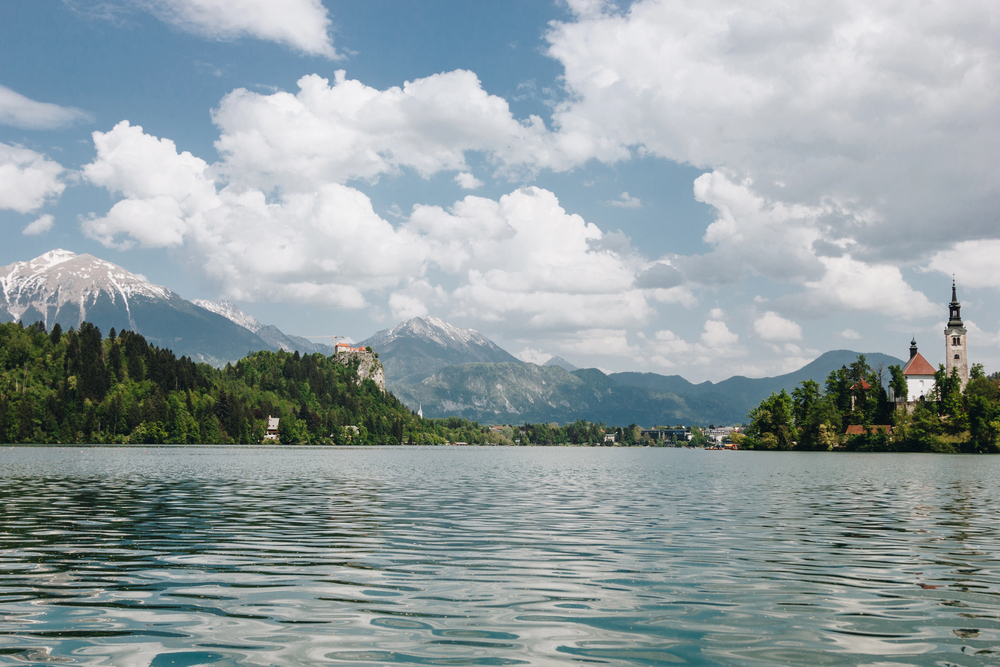
As one of Slovenia’s most visited natural wonders, Lake Bled balances tourism with preserving its cultural heritage and natural beauty. The iconic church on the tiny teardrop island remains a cultural touchstone, where traditional wooden pletna boats, piloted by local oarsmen, continue centuries-old customs of ferrying visitors.
Savvy travelers find solitude during early morning hours or in winter months when the medieval castle’s reflection creates magical scenes in the crystal waters. Local pastry chefs maintain authenticity through traditional treats like the famous Bled cream cake, even as the destination grows in popularity.
Lake Königssee, Germany
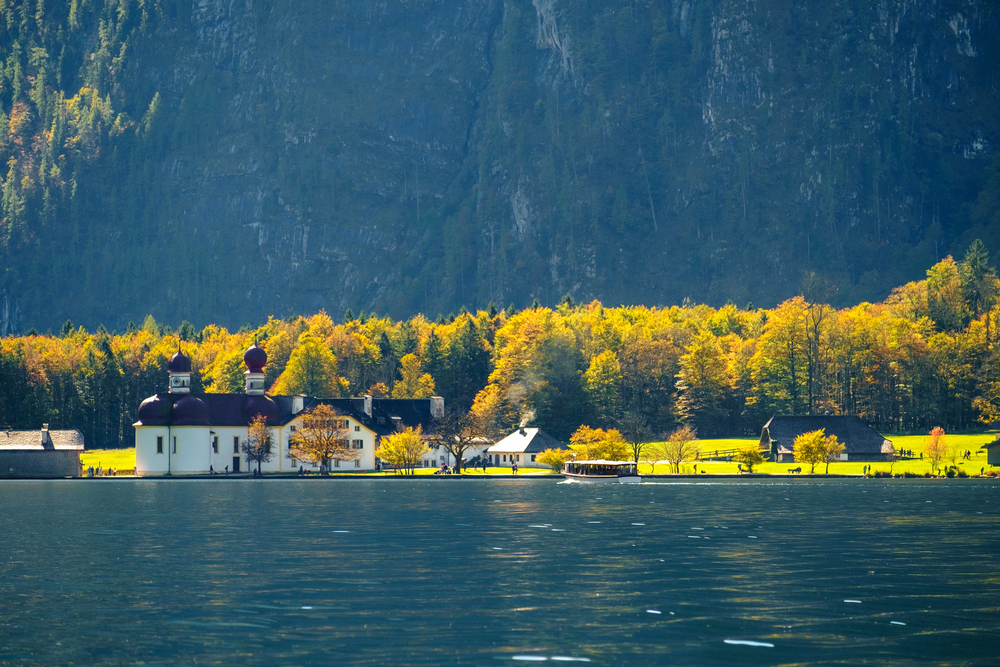
Known as Germany’s cleanest and deepest lake, Königssee’s emerald waters reflect the surrounding Berchtesgaden Alps like a mirror. Electric boats have been the only vessels allowed on the lake since 1909, preserving its pristine state.
The echo of alphorns bouncing off the sheer rock walls remains a beloved tradition for visitors. Ancient pilgrim churches dot the shoreline, accessible only by boat or ambitious hiking trails. The lake’s crystal-clear waters allow visibility down to 60 feet on calm days.
Like Travel Pug’s content? Follow us on MSN.
Lake Lucerne, Switzerland
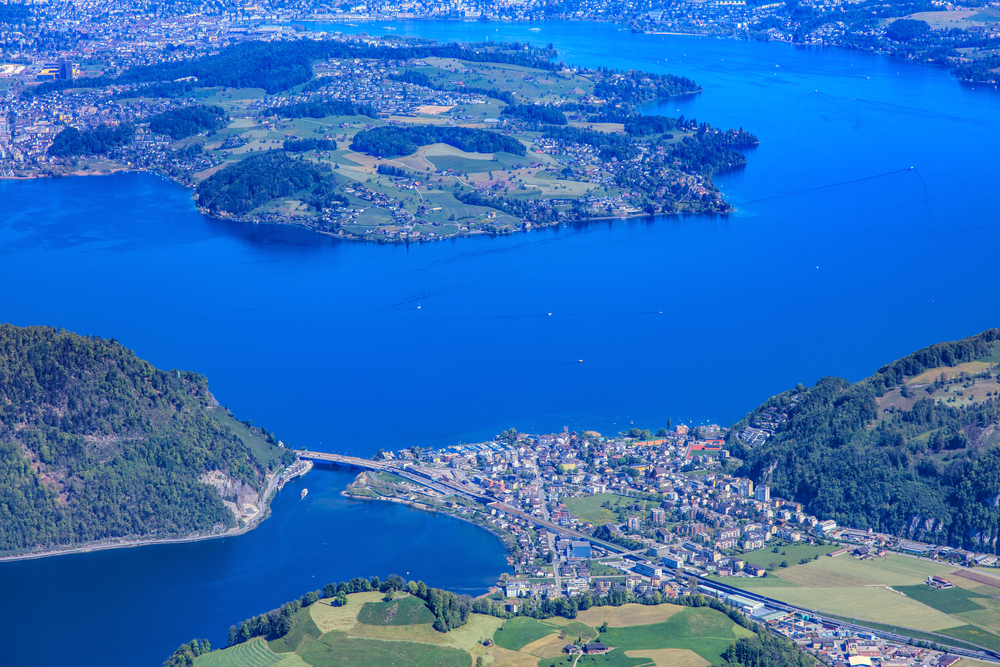
This cross-shaped lake winds through Central Switzerland’s mountainous heart, creating four distinct arms with unique characteristics. Historic paddle steamers still cruise these waters, maintaining a tradition dating back to 1837.
William Tell’s Chapel is where Switzerland’s legendary hero supposedly leaped from his captors’ boat. The lake’s shoreline alternates between vertical rock faces and gentle meadows where cattle graze with tinkling bells. Medieval-covered bridges and baroque churches reflect in the lake’s clear waters, creating postcard-perfect scenes.
Loch Awe, Scotland
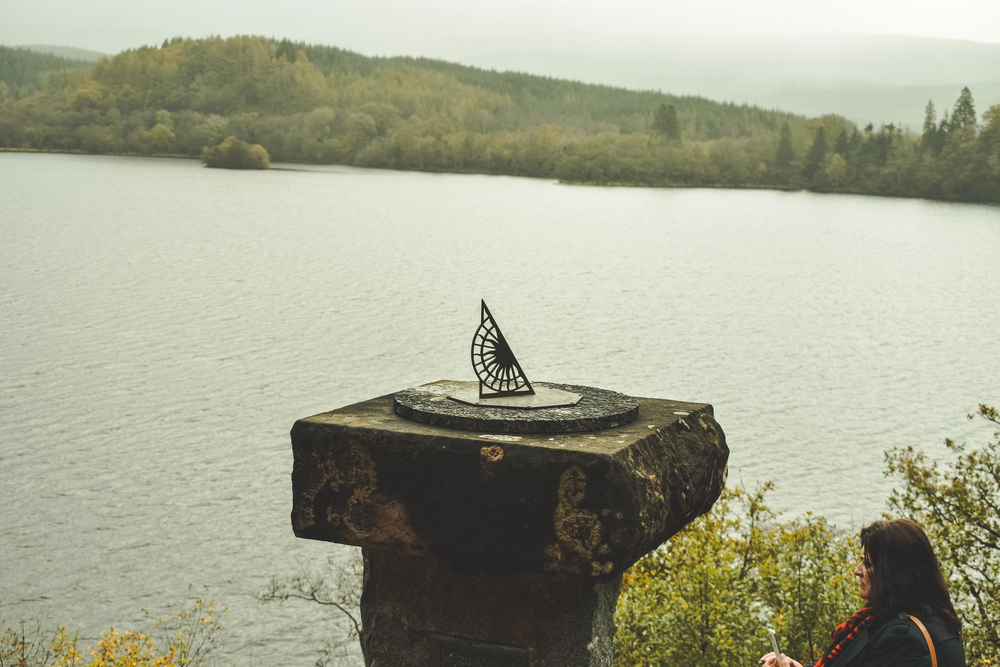
Scotland’s longest freshwater lake stretches 25 miles through the Highlands, harboring ancient castle ruins on its islands. The lake’s waters hold legendary monster tales rivaling those of Loch Ness, passed down through generations.
Victorian-era railways still cross historic viaducts along the lakeshore, offering scenic journey opportunities. Local ghillies share traditional fishing knowledge for catching the lake’s prized wild brown trout. The ruins of Kilchurn Castle reflect in the lake’s waters during sunrise, creating ethereal photo opportunities.
Lake Hallstatt, Austria
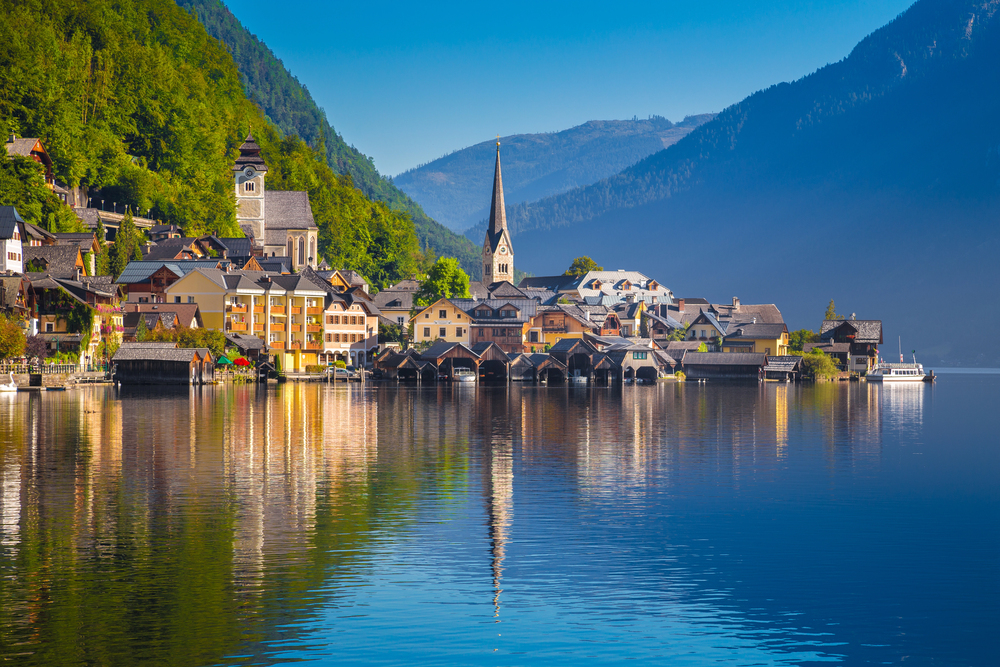
This UNESCO World Heritage site nestles beneath towering Alps, reflecting the world’s oldest salt mining town in its waters. Traditional salt miners still work the ancient tunnels high above the lake, maintaining a legacy of over 7,000 years.
The lake’s waters remain so pure that residents once used it as drinking water without treatment. Wooden boats built by local craftsmen provide traditional transport between lakeside villages. The Iron Age cemetery overlooking the lake reveals the area’s prehistoric importance through its ancient artifacts.
Like Travel Pug’s content? Follow us on MSN.
Lake Ørta, Italy

This subalpine lake remains refreshingly uncrowded despite its proximity to Milan, preserving its peaceful atmosphere. The car-free medieval village of Orta San Giulio creates a perfectly preserved backdrop along the eastern shore.
The lake’s island, Isola San Giulio, houses a still-active monastery where Benedictine nuns maintain centuries of tradition. Local fishermen continue to use traditional methods to catch the lake’s prized perch and trout. The baroque architecture lining the shore reflects perfectly in the lake’s calm morning waters.
Lake Myvatn, Iceland
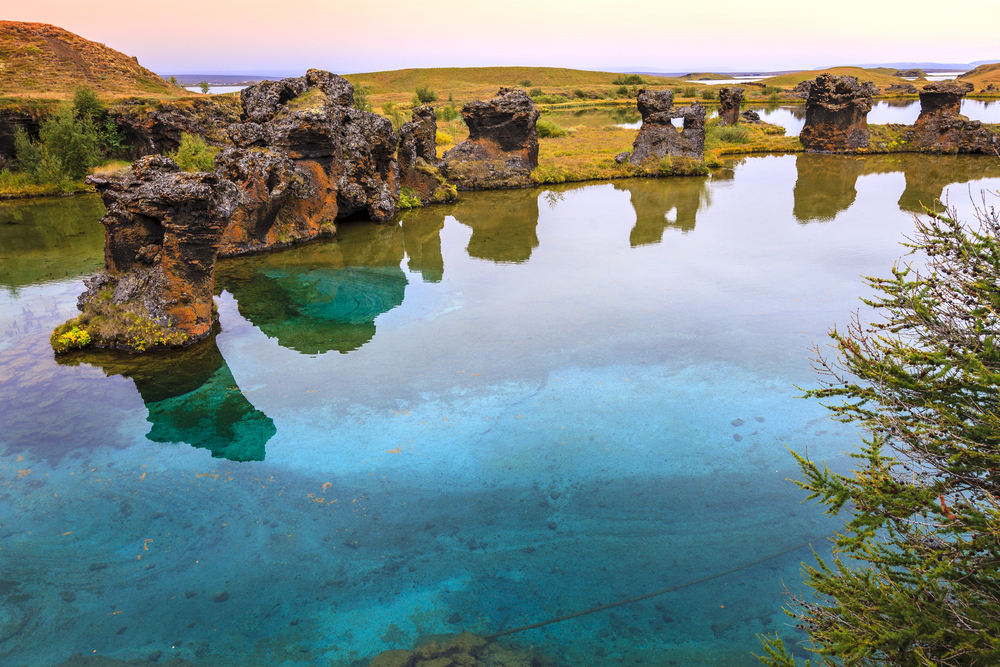
This volcanic lake complex features unique pseudo-craters and geothermal springs, creating an otherworldly landscape. Traditional smokehouses still process Arctic char caught from the lake using methods that have been unchanged for generations.
The surrounding nature reserve provides a sanctuary for rare waterfowl species found nowhere else in Europe. Local guides share knowledge of the area’s volcanic history through interpretive walks along the shore. The lake’s shallow waters support diverse ecosystems despite its location near the Arctic Circle.
Lake Brienz, Switzerland
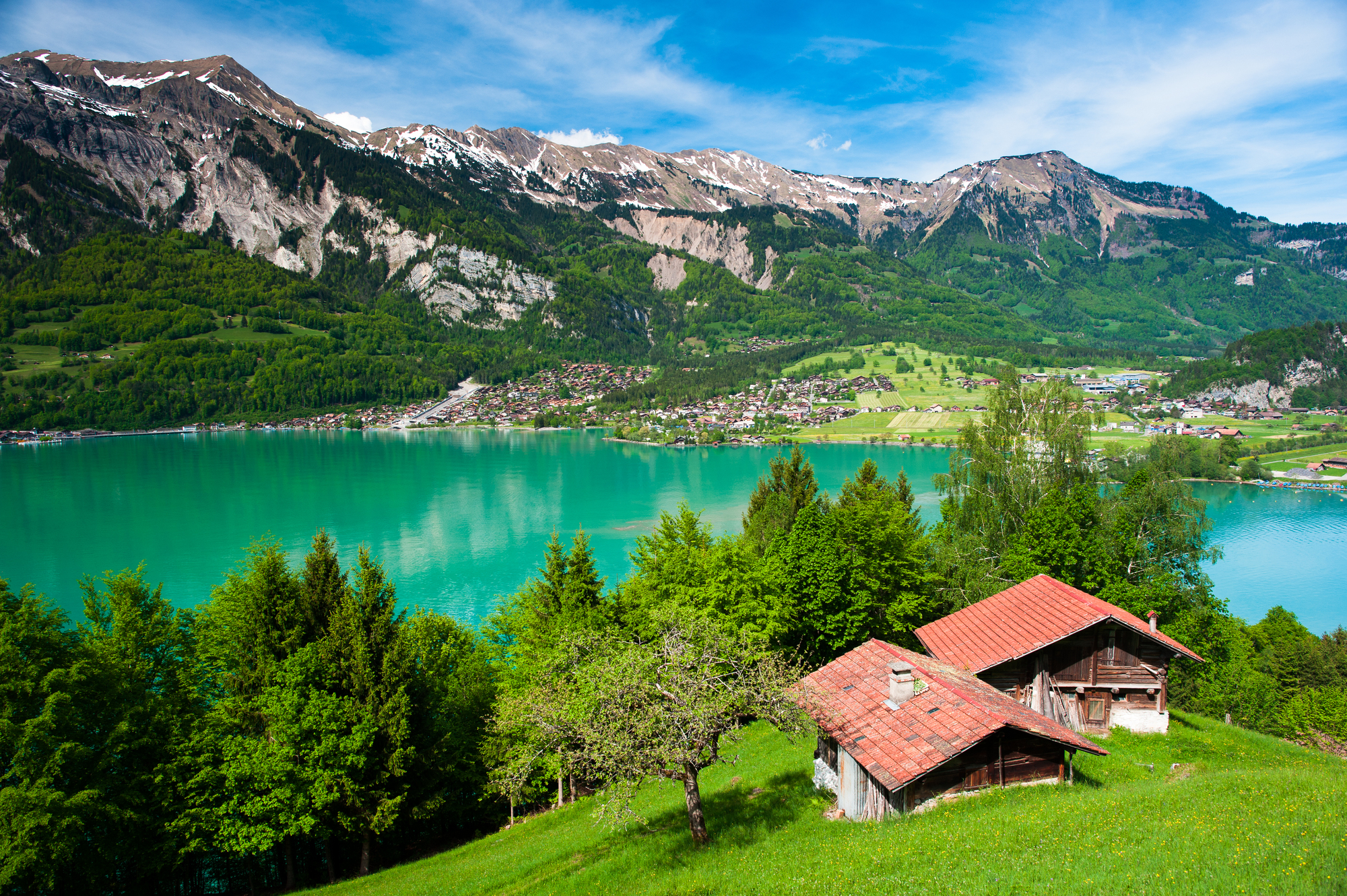
The glacial waters of Lake Brienz maintain their distinctive turquoise color throughout the year due to suspended mineral particles. Traditional wooden boatbuilders still practice their craft in lakeside workshops, maintaining centuries-old techniques.
The lake’s surrounding mountains create a natural amphitheater that amplifies the sound of alpenhorns during cultural celebrations. Historic grand hotels line the shore, preserving their Belle Époque charm through careful restoration. The lake’s waters remain cold year-round, fed by mountain streams and glacial melt.
Like Travel Pug’s content? Follow us on MSN.
Lake Constance, Austria/Germany/Switzerland
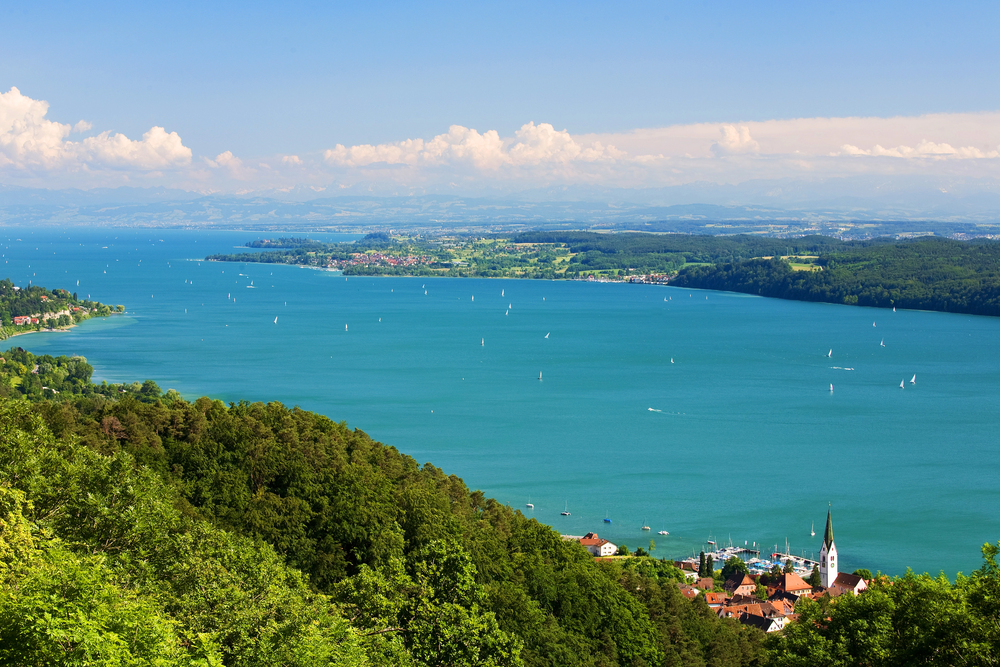
This international lake, known locally as Bodensee, shares its shores with three countries while maintaining remarkable water quality. Traditional lake dwelling reconstructions demonstrate how people lived here 6,000 years ago.
The lake’s unique microclimate allows wine production and exotic fruit growing along its shores. Local fishermen still use traditional methods to catch the lake’s 30 native fish species. The lake’s central European location created a cultural crossroads reflected in the diverse architectural styles along its shore.
Lake Scanno, Italy
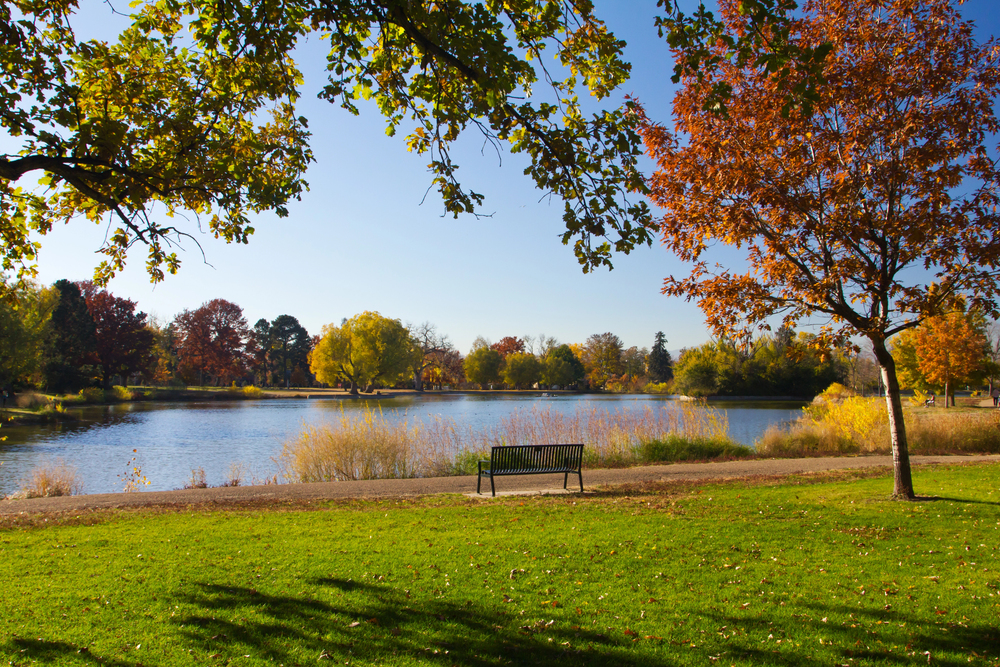
This heart-shaped lake in Abruzzo’s mountains holds ancient legends of its formation through divine intervention. Traditional lace makers still practice their craft in the medieval village overlooking the water.
The lake’s protected status ensures its crystal-clear waters remain pristine for swimming and kayaking. Local shepherds maintain traditional transhumance practices in the surrounding mountains. The lake’s unique shape creates perfect sunrise and sunset photography conditions.
Lake Windermere, England
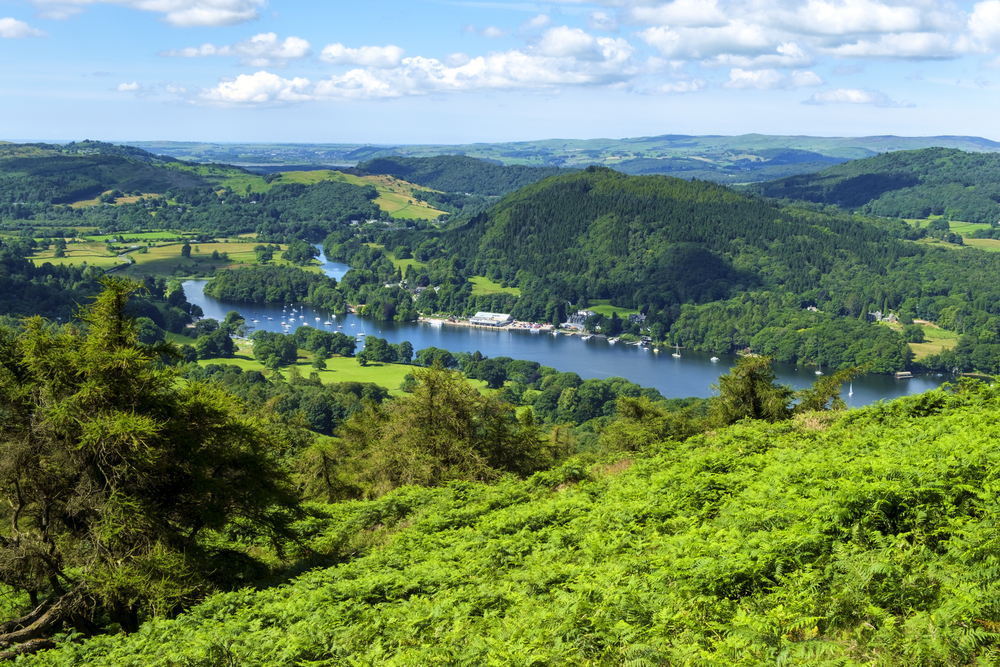
As the Lake District’s most visited body of water, Windermere maintains its charm through careful management and extensive conservation efforts. The lake’s literary heritage lives on through sites connected to the Romantic poets, while quieter corners of the shore still offer glimpses of the landscape that inspired them.
Traditional wooden launches share the waters with modern boats, but strict speed limits help preserve the lake’s tranquil character. Conservation zones protect the native vendace fish and other wildlife, demonstrating how tourism and preservation coexist.
Like Travel Pug’s content? Follow us on MSN.
Lake Ohrid, North Macedonia
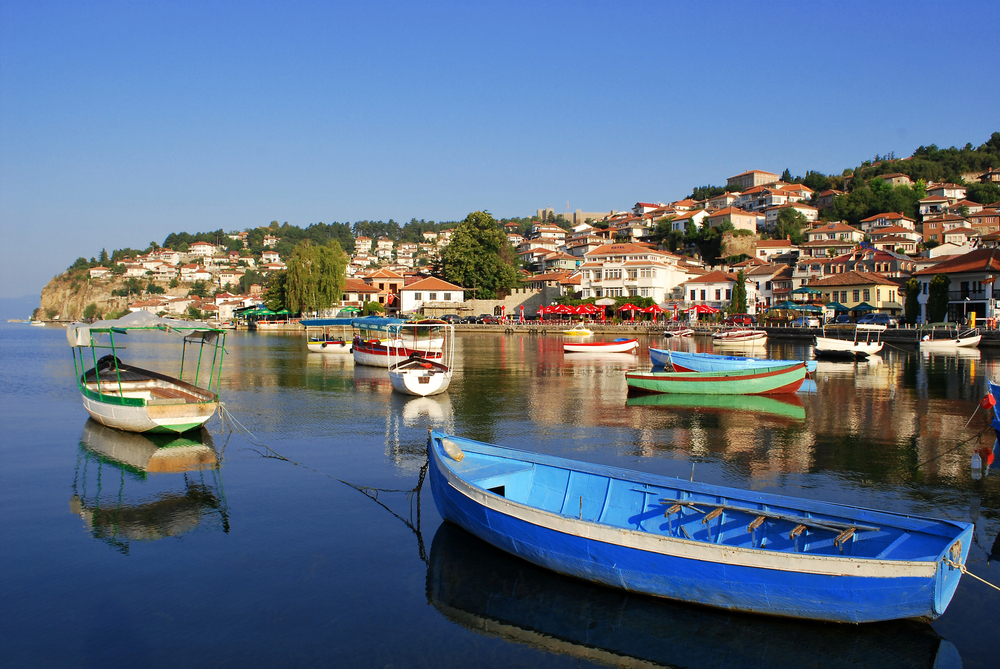
This ancient lake, over three million years old, harbors unique species found nowhere else on Earth. Traditional pearl makers still create jewelry using scales from the lake’s endemic fish species.
The medieval town’s churches contain frescoes showing scenes of lake life through the centuries. Local fishermen maintain traditional fishing practices that help preserve the lake’s ecological balance.
The lake’s position on ancient trade routes created a unique blend of cultural influences visible in local architecture and customs.
Lake Vänern, Sweden
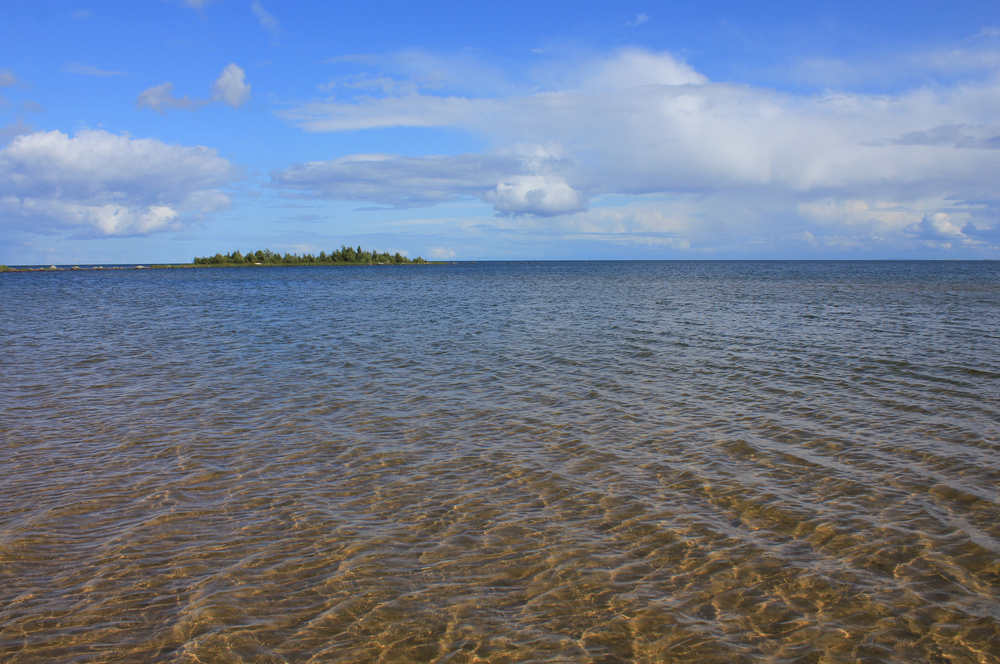
Sweden’s largest lake features over 20,000 islands and islets, creating a vast archipelago perfect for exploration. Traditional summer houses painted in classic Falun red dot the shoreline and islands.
The lake’s size creates weather patterns, leading locals to call it ‘the inland sea.’ Historic lock systems and canals connect the lake to both Stockholm and Gothenburg. The lake’s waters support traditional fishing communities that have existed here for countless generations.
Lake Thun, Switzerland
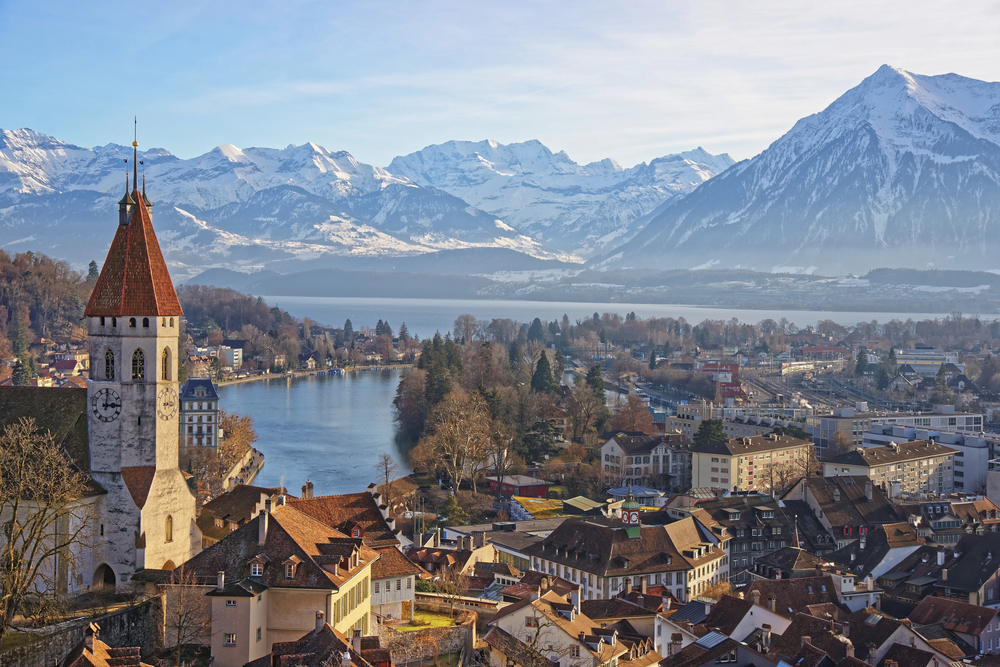
Bordered by historic castles and Belle Époque hotels, Lake Thun’s pristine waters reflect the grandeur of the Bernese Alps. Traditional alpine farming practices continue on the steep slopes above the lake’s shores.
The lake’s deep blue waters result from glacial sediments that uniquely catch and reflect sunlight. Local boat builders maintain the tradition of handcrafting wooden vessels for pleasure and fishing.
The lake’s shores host weekly markets where farmers sell products made using centuries-old recipes.
Like Travel Pug’s content? Follow us on MSN.
Discover Europe’s Hidden Lake Paradises
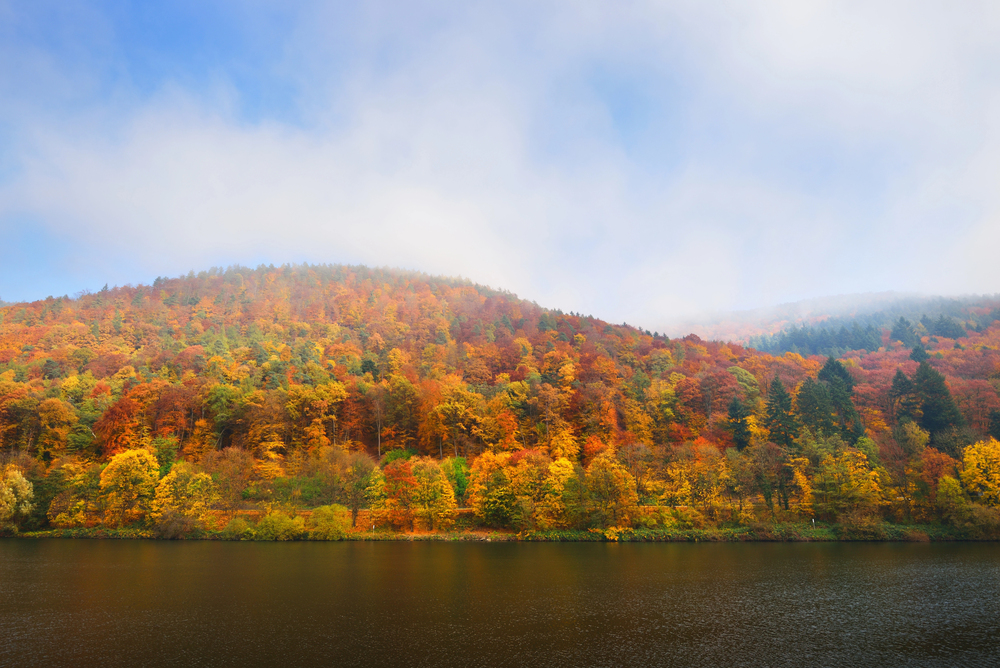
These unspoiled lakeside retreats offer more than scenic beauty – they provide windows into Europe’s diverse cultural heritage and natural wonders. While each destination maintains its unique character, all are committed to preserving their natural state for future generations.
Whether seeking solitude, adventure, or cultural immersion, these lakes prove that Europe’s most memorable experiences often lie off the beaten path to Europe’s Hidden Waters.
More from Travel Pug

- 15 Dangerous European Cities to Avoid
- 15 Caribbean Islands Where Tourists Keep Getting Scammed
- The 20 Most Fascinating Abandoned Places: A Journey Through Time and Forgotten Spaces
- 15 Hidden Places in the Smithsonian Museums Locals Love: A Guide to Lesser-Known Treasures
- 16 Hidden Florida Beach Towns That Aren’t Overrun with Tourists
Like Travel Pug’s content? Follow us on MSN.
